Dissociative disorders are referred to as mental condition which causes a person to experience complete dissociation and disconnection from reality. This form of disconnection is most often observed in the person’s memories, actions, thoughts, or sense of reality. Some cases of common and mild association involve Highway hypnosis, getting lost in a movie, or book, daydreaming, or any factor that involves a person becoming detached from their reality, in this blog post, I will provide you with a complete guide on understanding dissociative disorders, their causes, symptoms, diagnosis, treatment, and prognosis.
If you want to know more about the different types of dissociative disorders, personality disorders, and other mental health conditions, please subscribe to Guilt Free Mind. The subscription option is present on the sidebar. Your subscription will allow me to notify you when there is a new blog post released on this website. If you like watching videos, subscribe to the YouTube channel of Guilt Free Mind. Don’t forget to ring the notification bell. In case you wish to discuss your mental health condition or issues that you are facing, we can have a sit-down therapy session and discuss your problem. For this, you can approach me by filling out the contact form in the sidebar.
Table of Contents
Understanding dissociative disorders
If I put this in layman’s terms, I would describe dissociative disorders as mental health problems that cause a person to experience a complete disconnection from their reality. When such people experience the disorder, they are able to completely escape the real world. In most cases, this escape is involuntary as well as unhealthy. This can also cause tremendous problems in their day-to-day functioning. When such people escape reality, they may not be aware of what’s going on around them. Due to this, they may experience a lack of continuity between their memories, loss of identity, actions, surroundings, et cetera.

The most common cause behind the dissociative disorder is trauma. The brain develops a defense mechanism to start keeping the difficult memories away from the person’s psyche so that it does not disrupt the person’s day-to-day functioning. The symptoms may range from amnesia all the way to having separate identities in one single person. This would depend on the type of disorder that the person is facing. In case of stress, the symptoms may worsen.
Examples of dissociative disorders.
The primary form of dissociative disorder is the one where a person experiences complete detachment. This complete detachment can be in the form of physical detachment where the person feels that they are outside of their body. It can also happen in the form of memory loss or amnesia. There are three types of dissociative disorders:
- Dissociative amnesia
- Depersonalization or derealisation disorder.
- Dissociative identity disorder.
Understanding dissociation.
Before you understand dissociation disorder, you need to understand and completely grasp what dissociation is actually. This is the one point where many people get stuck. If you don’t understand dissociation, understanding, dissociation disorders would be impossible
Dissociation can be referred to as a mental cascade, where a person successfully disconnects themselves from their memories, sense of identity, feelings, or thoughts. As I have mentioned before, dissociative disorders involve depersonalization disorder, dissociative amnesia, and dissociative identity disorder. All of these mental health conditions cause a person completely dissociate themselves from their reality.
In most cases of trauma, during the traumatic event, the person would dissociate themselves from the event, while the event is happening or for a certain duration after the occurrence of the event. The dissociation may occur for a few hours, days, or weeks. For example, the person starts to feel that they are stuck in a dream zone. Alternatively, they may feel that whatever is happening around them is not real. Finally, another way people process this is by feeling as if they are watching things happening around them like a movie or a TV series. In most cases of dissociation, the feeling and the condition goes away without the need for treatment.
However, those people who have experienced repeated trauma, or extreme trauma, may develop a case of dissociative disorder If their condition progresses to the dissociative disorder stage, they will require treatment.
Occurrence of dissociative disorders.
When a traumatic experience occurs like, crime, victimization, disaster, accident, etc, the feeling of dissociation can make it easy for the person to tolerate what otherwise is a situation that is too difficult to process and bear through. Dissociation comes as a very handy tool during such situations. The person may be able to dissociate themselves from the circumstances, the overwhelming feeling of the event, the memory of the place, etc. This allows them to escape fear, horror, and pain. One side effect of this is that after the dissociation ends, the person may never remember the details pertaining to the experience. This has been observed in the case of accident and natural disaster survivors.
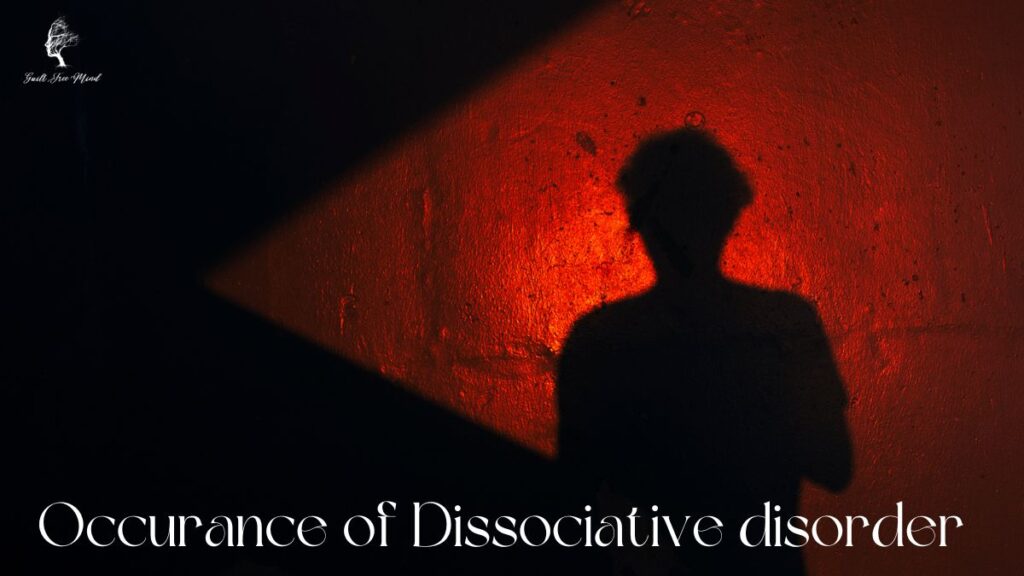
Causes behind dissociative disorders.
In the case of dissociative disorders, most mental health professionals say that the underlying cause is the presence of chronic trauma during their childhood years. Some examples of this chronic trauma can be sexual abuse, physical abuse, neglect, emotional abuse, et cetera.
Other conditions that may push the child towards dissociation can be frightening or sudden and unpredictable family environments. Since the brain of the child does not understand how to suddenly process the extreme amount of stress that it is facing, it may temporarily disconnect from reality itself. Studies have shown that the more severe the trauma, the higher the dissociation once the child reaches adulthood stages.
Traumatic events
It is not necessary that only traumatic events that occur during the childhood phase of the person’s life cause dissociative disorders. In certain cases, trauma during adulthood can also result in dissociative disorders. Some examples of the situation can be
Severe accident.
Military combat
A natural disaster.
Being a crime victim.
Constant, sexual, mental, emotional, or physical, abuse.
Research on understanding dissociative disorders
Research has been going on to identify brain structures and functions that relate to dissociation. So far scientists have found that when dissociation occurs, there are certain structures in the memory region inside the brain that show rhythmic activity. However, these specific memory regions do not show a connection with the other sections of the brain that are responsible for planning and the thought process. This disconnection is specifically observed during the trauma or during a dissociation episode.
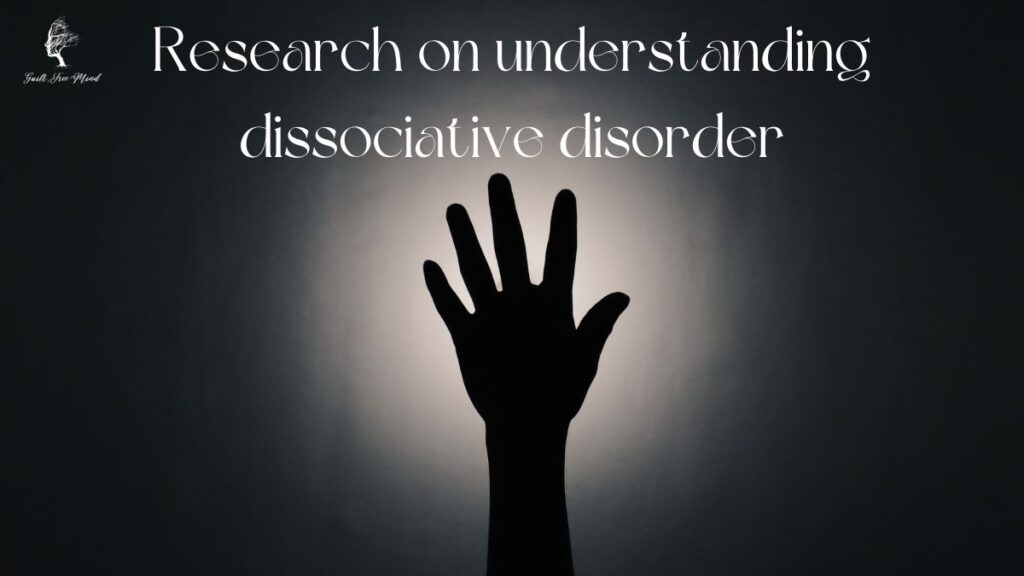
Understanding the symptoms of dissociative disorders.
There can be a variety of symptoms in the case of dissociative disorders. However, the most common symptoms are as follows.
• The person feels disconnected from the world around them, as well as from their own selves.
• They may start to forget personal information, specific live events, certain times, etc.
• Have a sense of uncertainty about their own identity.
• Start exhibiting multiple different identities.
• Feeling very low to no physical pain at all.
Dissociation is the method used by the brain to cope when there is too much stress present in the environment. The duration of the dissociation can vary. It can last from a very short duration of time to a very long one. For example, from a few hours to a few months or even years. When dissociation lasts for years, it occurs mostly because the person also has other dissociative problems. Dissociation is their brain’s way of coping with stress. Thus, whenever the situation becomes extremely stressful, the brain starts to dissociate so that the person does not have to confront the problem head-on.
Understanding the three different types of dissociative disorders.
As per the diagnostic and statistical manual of mental disorders (DSM-5), published by the APA (American Psychiatric Association), there are primarily three forms of dissociative disorders. These Are
• Dissociative amnesia
• Derealisation and depersonalization disorder.
• Dissociative identity disorder
Dissociative amnesia
In the case of dissociative amnesia, the person is unable to recall the details of a traumatic event. They realize that they are experiencing memory loss. This condition is also referred to as Psychogenic amnesia. In certain cases, dissociative amnesia has been linked to other forms of mental health disorders like anxiety disorder.
There are four different categories of dissociative amnesia. These include
Localized amnesia
For a period of time, the person may not have any memory of the traumatic event. For example, suppose a person has been a victim of an assault. Owing to the development of localized amnesia, the person may not be able to recall any of the details pertaining to the assault over the next few days.
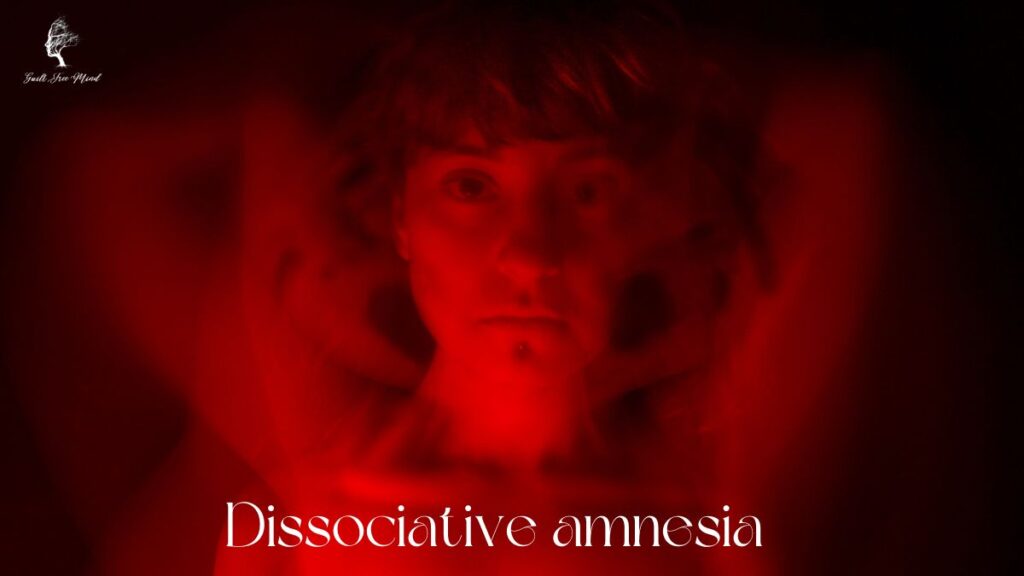
Selective amnesia
In this case, the person has incomplete or patchy memories regarding the traumatic event.
Generalized amnesia.
The person has difficulty remembering the details of their life.
Systematized Amnesia.
The person may have an extremely specific memory loss pattern. For example, they may forget a relative or a friend completely. This person is mostly or directly associated with the traumatic event.
Signs and symptoms of dissociative amnesia type dissociative order.
In the case of dissociative amnesia, the primary symptom is memory loss or amnesia. It may come on very suddenly and may last for a few months, or it may go on for years to come. There is a chance that other people experiencing amnesia may not realize that they cannot remember a certain event. However, the absence of recollection will also be identified by the family members or loved ones.
Derealisation and depersonalization disorder
Depersonalization and derealisation disorder is primarily characterized by complete detachment from one’s feelings, thought processes, and life in general. Most often, those who suffer from this type of depersonalization disorder, explain their symptoms as not feeling anything. They feel completely disconnected from themselves physically and emotionally. They feel as if their life is a movie that is happening in front of their eyes, with no involvement of their own.
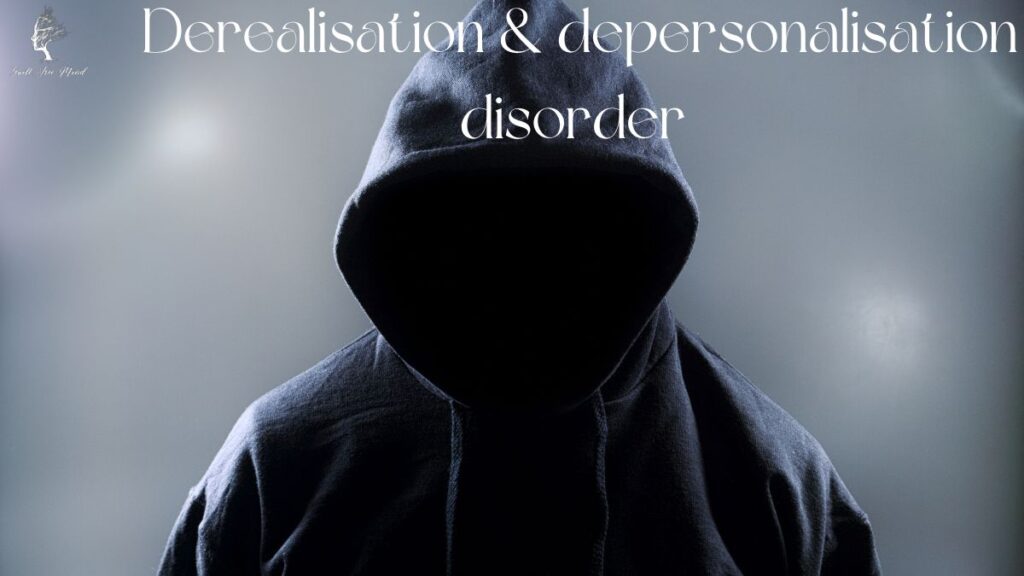
Another specific symptom of this form of dissociative disorder involves problems with memory and concentration. Such people may feel out of control or space out. They may feel that time has slowed down. There is also a chance that they might perceive, their body to be a different size than usual. In certain serious cases of depersonalization and derealisation disorder, it has been observed that patients cannot even identify themselves when they look in the mirror. This is because, in their mind, they look completely different from the person they are seeing in the mirror.
Signs and symptoms of depersonalization and derealisation disorder.
The symptom of this disorder involves experiencing either depersonalization or derealisation or both of them. This experience may occur in a recurring manner or it may occur over a long duration of time.
Depersonalization.
In case a person is facing depersonalization, they will feel disconnected from their self, body, or mind. In this case, the person describes their life as a TV show or a film that is occurring in front of their eyes. They feel as if they’re observing the events of their own life from a distance without any active participation.
Derealisation.
In the case of derealisation, the person starts to feel that the world they are living in is unreal. They may start feeling detached from their surroundings. They may even reach the point of feeling that the things and people involved in their life are not real.
In most cases of depersonalization and derealisation disorder, the person becomes aware that what they are feeling is not normal. The symptoms may start to appear during childhood phases. The average age around which the first episode is seen is usually 16 years. Less than 20% of people who face this disorder show the first episode after the age of 20.
Dissociative identity disorder.
Dissociative identity disorder (DID) is one of the most controversial of all dissociative disorders. To date, there is a dispute and debate going on among the different mental health professionals. This disorder has previously been referred to as multiple personality disorder as well. Among the three dissociative disorders, I have mentioned in this blog post, this one is the most severe one.
The condition of dissociative identity disorder most often involves the presence of two or more different personalities in the same individual. These different personalities may have very different talking styles, behavior, attitude et cetera. The problem with dissociative identity disorder is that when one of the other personality states take the centre stage, the person is not aware of the same. When the original person comes back, they may feel that they had a memory lapse when the other personalities were at work.
The other personalities may also exhibit a different form of voice tone, memories, outlook, body, language, etc. Most often, the other personalities occur when the person is under any form of duress or stress. Someone who is suffering from dissociative identity disorder most often exhibits associated amnesia as well.
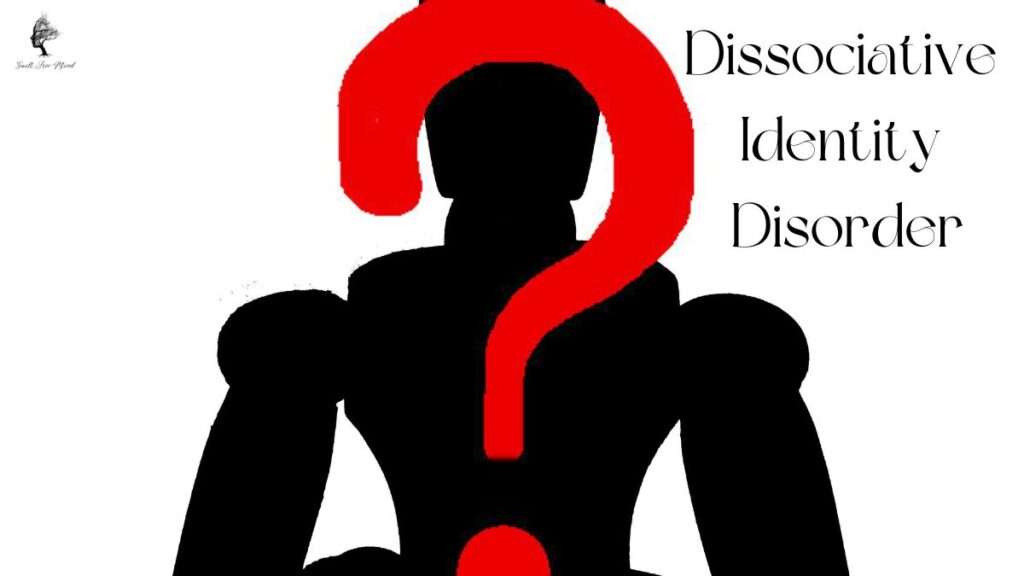
Signs and symptoms of dissociative identity disorder.
In most cases, a person who has a dissociative identity disorder, exhibits two or more different kinds of personalities. The core personality is the usual personality of the person. The other personalities are the alters of the person. The core is the personality that the person had before exhibiting dissociative identity disorder.
Each Alternate personality that the person displays may exhibit a different attitude, memory, behavior, preference, and way of thinking. Even though people in the surroundings will be able to tell the difference between the alters from the core personality, the person who is exhibiting DID will have gaps in memories when the alternate personality had taken over. The shift from core to alter personality or from one alter to another is sudden and involuntary.
Another primary symptom of the disorder is the lapse in memory about events that occur on a daily basis, past events, or other personal information. The symptoms can also vary widely in terms of severity. In the case of some people, having alters may or may not affect their life. In the case of others, it can cause serious disruption in their day-to-day living.
Associated conditions with dissociative disorders.
If a person has a dissociative disorder, they may also exhibit other mental health conditions like
- Post-traumatic stress disorder.
- Mood swings
- Depression.
- Medically unexplained symptoms.
- Panic attack
- Anxiety
- Self-harm
- Suicidal tendencies.
- Eating disorder.
- Phobias
- Obsessive-compulsive disorder.
- Insomnia.
Diagnosis of dissociative personality disorder.
For your mental health practitioner to diagnose you with dissociative disorder, they will have to first review your case and personal history. They may also perform tests on you to identify physical conditions. Certain symptoms like the sense of unreality and memory loss can be caused by conditions like brain lesions, sleep, deprivation, head injury, or intoxication. In case all of the physical causes have been ruled out, a mental health specialist will be consulted for an evaluation.
Cultural considerations
Many of the features exhibited in the case of dissociative disorders are the result of the person’s cultural background. For example, if a person is suffering from dissociative identity disorder as well as dissociative amnesia, the patient may present to the mental health practitioner with unexplained sensory loss, paralysis, non-epileptic seizures, etc.
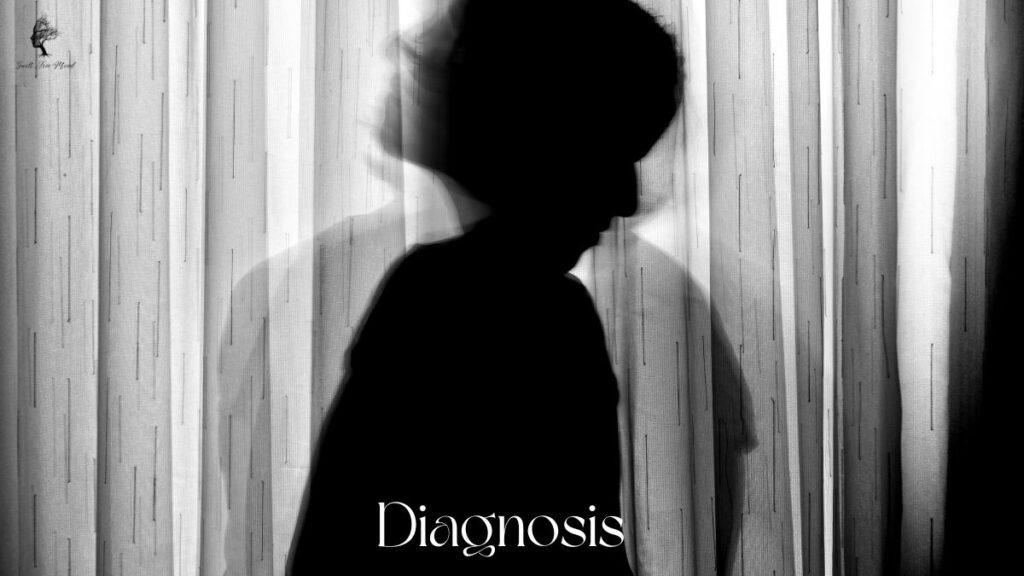
IIn cultures where possession is considered to be real, people may perceive the fragmented identities exhibited by a person under dissociative identity disorder as demons, deities, spirits, animals, or possession by a ghost, etc. In some cases, the presence of intercultural contact may also lead to a change in the characteristic of the identity.
Let’s take an example. An American who has been to France once may have an alter who only speaks the French language. In the case of those cultures, where they have highly restrictive social conditions, amnesia makes it triggered by the presence of severe psychological stress like conflict as a result of oppression.
Finally, last, but not least, the voluntary depersonalization state can also be induced in a person as a part of the meditative practice. Meditation is a very common practice in many cultures and religions. If a person is exhibiting the signs of depersonalization while under the effects or while conducting meditation, it cannot be diagnosed as a mental health disorder.
When to go to a mental health practitioner?
In case you are worried that a loved one may be exhibiting signs of dissociative disorder, you must seek professional help. Google or blog posts or not enough for diagnosis. If you are worried, visit a mental health practitioner so that your loved one can get a professional diagnosis and care as soon as possible.
In certain cases, diagnosis can also be tricky since these disorders are complex, and their symptoms also present in other mental health conditions as well. For example:
• Certain physical problems like the presence of a brain tumor, or head trauma, can lead to symptoms like amnesia and other cognitive issues.
• Those who are suffering from panic disorder, compulsive disorder, and post-traumatic stress disorder may also face similar symptoms as a dissociative disorder.
• In case of substance abuse, the use of certain recreational drugs and prescription medication can induce symptoms of memory, lapse, dissociation et cetera.
• In the case of certain coexisting conditions like depression, diagnosis of dissociative disorder can become pretty tricky for mental health professionals.
Assessment.
The primary thing of importance here is that the mental health practitioner who is conducting your assessment should have a very good understanding and grasp of the different dissociative disorders. The most often include.
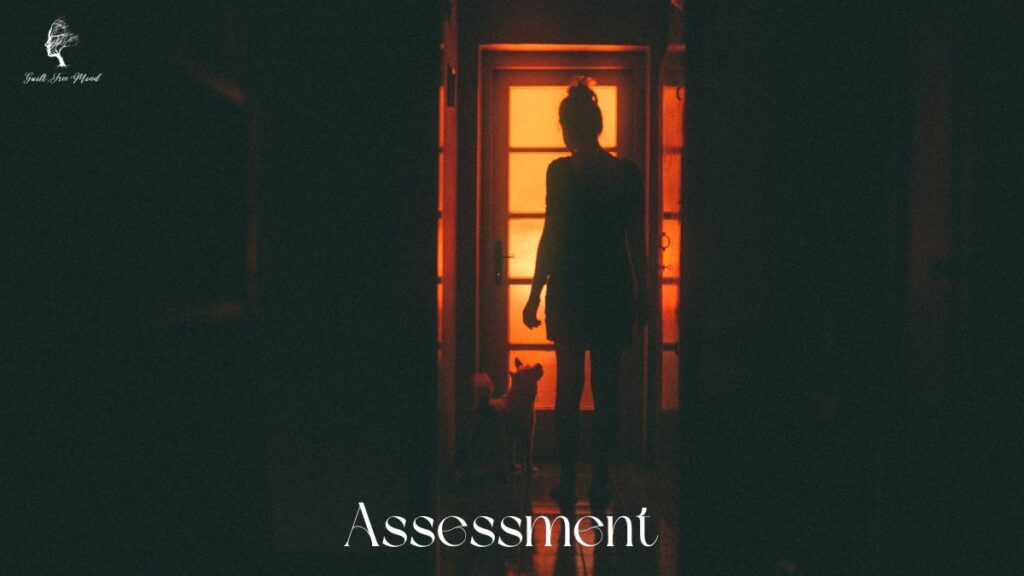
A complete physical examination, to rule out medical aspects like alcohol misuse, drug use, or head injury
Following this, they will ask you a bunch of questions about your behavior, feelings, and other symptoms that you are facing.
One thing you should remember is that when you are with your mental practitioner, you must be honest about the symptoms that you are exhibiting. Never feel ashamed or embarrassed. This way you can receive all the support and help that you need. Your healthcare provider may also order specific tests so that the different mental health conditions that can cause similar symptoms can be ruled out.
The treatment options for dissociative disorders.
The most common form of treatment in the case of dissociative disorders is psychotherapy. Psychotherapy (talk therapy). This helps the patient gain control over their symptoms and the dissociative process.
Psychotherapy
Psychotherapy is done by a licensed and trained mental professional like a psychiatrist or a psychologist. If you want to figure out whom to approach, Psychologist vs psychiatrist, check out the link. A mental health practitioner can provide you with guidance, education, and support for both you and your family. This can help you function in a better manner and boost your chances of leading a more fulfilled life
Cognitive behavioral therapy
CBT or Cognitive behavioral therapy is a goal-oriented psychotherapy format. Your psychologist or therapist will help you understand your thoughts and emotions and enable you to identify where, what is going wrong, and how you should actually be thinking. CBT can help you understand your negative thoughts and behavior and focus on learning and adopting healthier habits and thinking patterns.
Dialectical behavioral therapy.
Dialectical behavior therapy or DBT is specifically used for those who experience intense emotions. The primary aim of this therapy is to strike a balance between understanding and excepting who you really are and the challenges that can benefit your emotional regulation. Your therapist will help you learn and adapt to new skills that can help you better regulate your emotions.
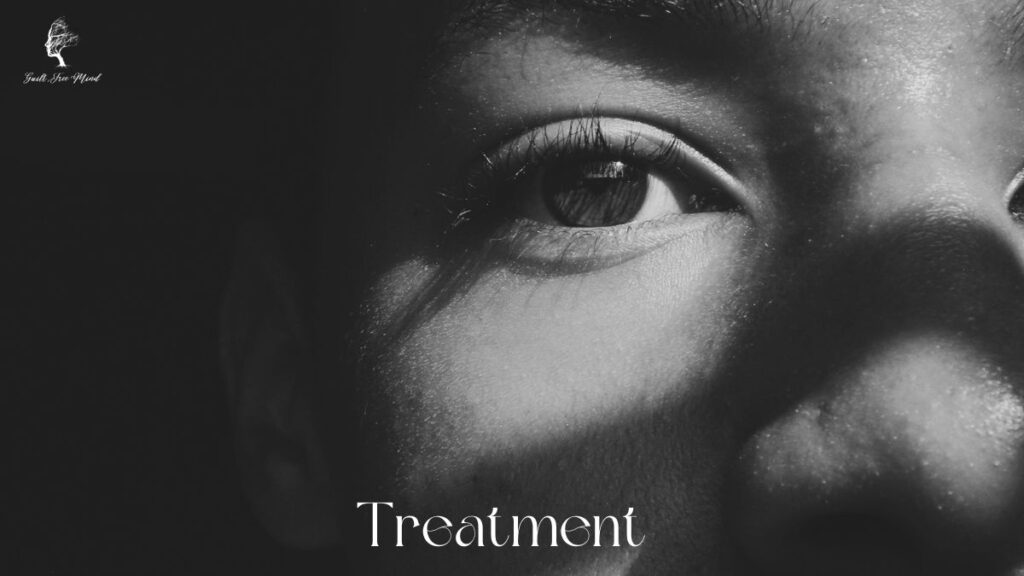
Therapy is not easy. It involves the person going through their past trauma and learning to deal with it in a more positive manner. However, if you do decide to go down the therapy route, it can help lower your symptoms and have a more positive and fulfilling life in the long term.
Other formats of therapies can include:
Hypnosis.
In hypnosis or hypnotherapy, the patient is put into a state of high focus concentration and deep relaxation. When the patient is under the effects of hypnosis, the high level of focus and concentration allows you to completely ignore any ordinary distraction that may be in your surroundings. This opens the mind to the guided suggestions that the therapist makes. This can eventually lead to a lot of improvement in your health.
EMDR therapy.
Eye movement desensitization and reprocessing therapy (EMDR) primarily involves moving your eyes in a manner directed by the therapist while you are processing your past traumatic memories. The primary goal of the EMDR is to help you heal from your trauma or any other traumatic life experience that you may have had. The focus is to help you see things in a different light and to rewire your brain to not see trauma as a completely negative experience. Compared to the other therapies that are available, EMDR is a fairly new therapeutic option. However, it is highly effective.
Medication for the treatment of dissociative disorders.
At the moment, there is no medication that can treat disorders. However, your healthcare provider may recommend certain medication types like antidepressants to help you manage the conditions that you may be facing.
The prognosis for dissociative disorder.
The prognosis in the case of the dissociative disorder can vary. In case the person undergoes professional treatment like psychotherapy, they will be able to address the major symptoms of their problem and to address them to improve their daily life, and lead a more fulfilling life. However, those who are suffering from dissociative identity disorder, may need more support from their family and help with medications. This is because DID impacts a person’s ability to lead a normal life. Self-harm and suicide at times are also higher in the case of people suffering from DID. Over 70% of those with the DID attempt suicide.
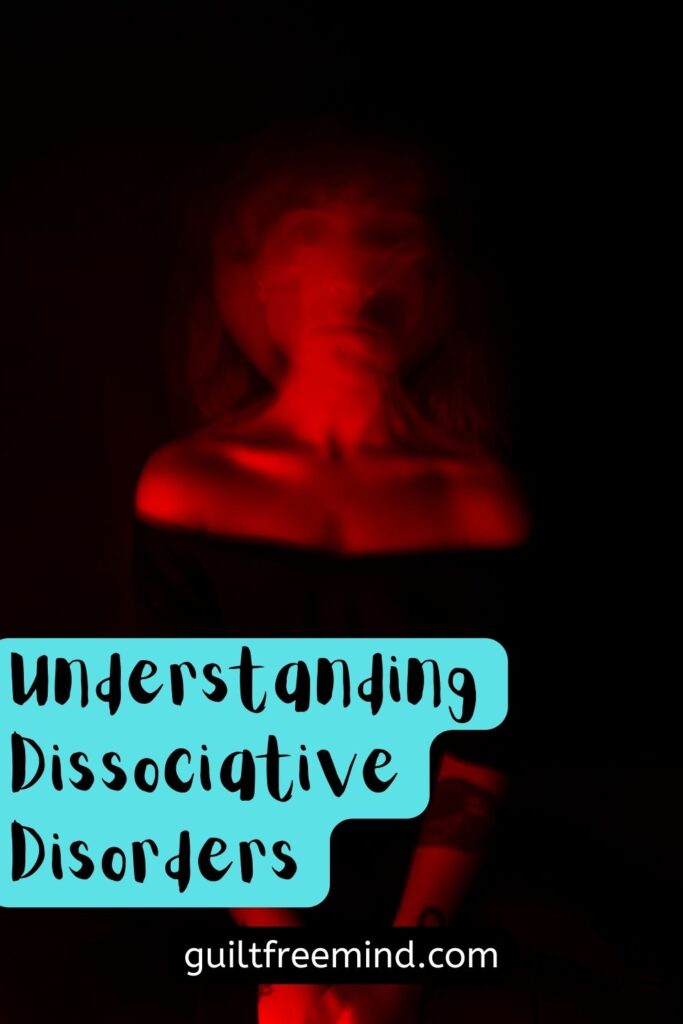
Conclusion.
Dissociative Disorders arise as a result of trauma. It may occur as a result of a single trauma or multiple traumas. The symptoms may start during childhood or even in the adulthood phase of the person. It may also show concurrence with other mental health conditions in the patient. Therefore, getting medical help as soon as possible is the best option.
Do you know anyone who is suffering from dissociative disorder? If you feel that your loved one is suffering from any of the dissociative disorders please contact a mental health professional and get help as soon as possible.
Do you want to know more about the different mental health conditions that exist? If your answer is yes, please subscribe to Guilt Free Mind. Your subscription will allow me to notify you the moment I release the next blog post. The subscription option is present in the sidebar. If you like watching videos, please subscribe to the YouTube channel of Guilt Free Mind. If you are facing difficulty in concentration, lack of productivity, or similar issues, please join me on Twitch. I do coworking streams every day. Having a study buddy can help you boost your concentration and focus on your work for a longer duration.
If you have any queries about this blog, post, or any other on Guilt Free Mind, feel free to reach out to me on any of my social media channels. You can also leave your queries in the comment section. I will answer them as soon as possible.
See you in my next blog post
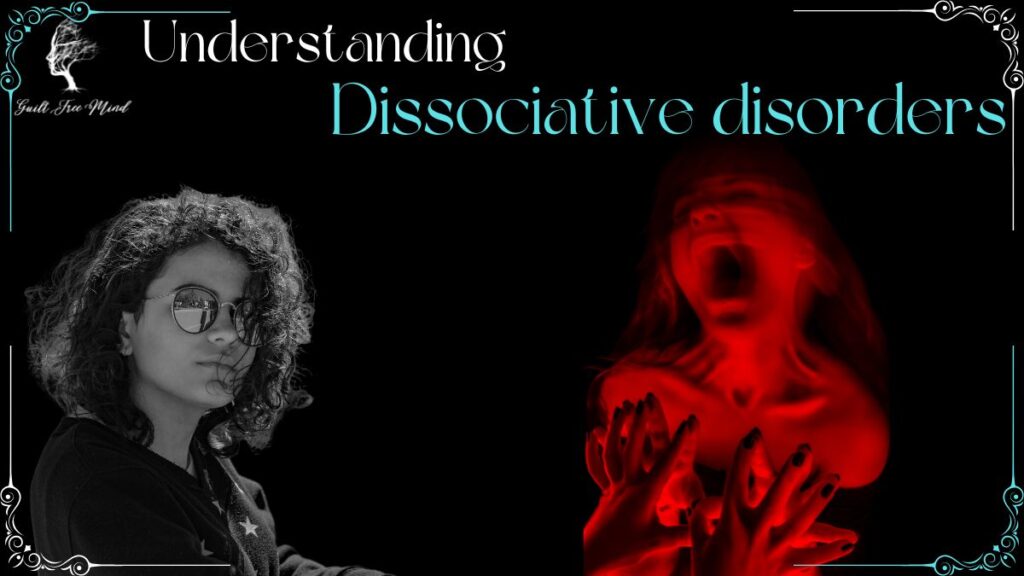
1 Comment
Fantastic beat ! I would like to apprentice while you amend your web site, how could i subscribe for a blog site? The account helped me a acceptable deal. I had been a little bit acquainted of this your broadcast offered bright clear concept